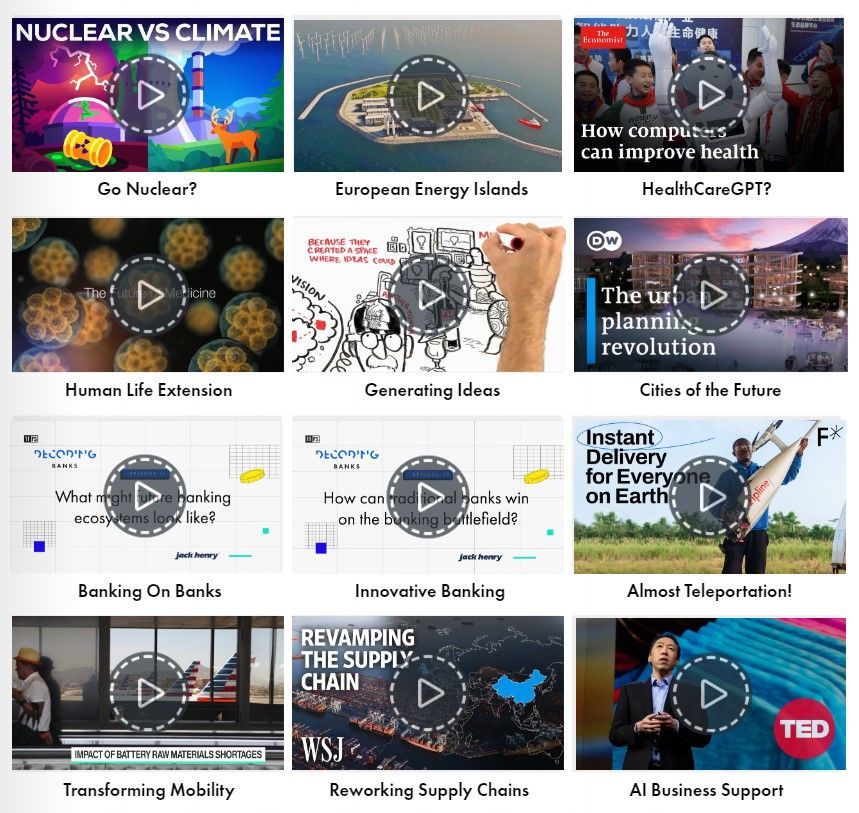1MG FlippingBooks
INNOVATION IS NOT AN OPTIONAL ADD ON
Sammy Kumar
Innovative companies integrate their strategy not just into the operating model but into its culture as well. Companies that lose the drive to innovate risk losing staff skilled in driving innovation, writes Sammy Kumar.

Innovation is not just a necessity for business but an aspiration of humanity. Often, at some point in a business’ evolution, management of the status quo overwhelms its true mission and purpose. The business wants to remove risk, recover investment and maintain market share; meanwhile, the skill set that drove innovation fades or moves on.
Too many Australian companies have positioned innovation as an abstract growth initiative as opposed to a core competency. This pits the existing revenue-generating business against a set of smaller, seemingly inconsequential initiatives that will, in maturity, drive a better customer experience and higher margins. The separation of innovation from the core business rarely works, as innovation will not catalyse growth if it is not integrated into the operating model and culture.
Integration enables businesses to embrace both new ideas and competitive threats. It also creates an inclusive culture, sharing the responsibility of finding efficiencies, enabling data-driven decision-making and accelerating staff personal development to ultimately deliver better customer value.
The problem for any organisation in a so-called business-as-usual phase is the relative impossibility of innovating the operating model. This, in turn, makes the business inefficient, slow to respond to competitive threats and vulnerable to disruption. It also commonly creates a dysfunctional culture that inhibits all the possible benefits of innovation. In this case, trying to overlay innovation practices will not drive the desired outcomes and may even hasten a cultural decline.
In the past two decades, Australia has emulated many global models. We have spent big on incubators, accelerators, innovation labs and funds.
Businesses and government green lit these initiatives, believing they would lead to high-growth models on the side without disrupting the status quo seen in companies like Amazon that continue to lead the world in return on R&D funding.
To replicate this example, other businesses would need to remove dividends so that capital could be invested into the rebuild of foundational infrastructure and shift the focus from risk reduction to core innovation. The two biggest mistakes in business were trying to run new models on top of legacy foundations, and assuming the customer base would be converted into new models by direct marketing. The very few success stories from this approach reduced both the willingness to innovate and the level of investment.
Big business in Australia was not comfortable with failure and did not consider it necessary to driving innovation across the organisation. Unlike many governments across Asia, the Australian government did not support new products and services. As a result, many Australian businesses lag international contemporaries in developing unique intellectual property and highly innovative business models.
Key skill sets flowed overseas to environments where new ideas were accepted and supported by vigorous funding ecosystems. In Australia, an innovation mindset is required to reduce reliance on natural resources and strengthen the economy against the impact of fluctuations in demand.
Business in Australia requires an energised transformation effort. Operating-model transformation is key to ensuring the success of Australian business against competitors with better access to funding and technology. Technology transformation is also essential, and if the core technology is no longer fit for purpose, then disruption is inevitable. Business must have the capacity for core innovation in order to drive two factors: a lower-cost technology transaction and the ability to deliver cost-effective business advantages.
In focusing on operating-model and technology-foundation transformation, businesses will undergo a reset period, develop a culture that considers innovation a core competency, and arrive in a position to compete, but commitment is essential. Businesses need to accept failure as the cost of building an innovative enterprise.
Finally, businesses should articulate a moat in detail, which should become the business mission and the desired outcome of a transformation effort. This requires that the company innovate the operating model and the technology foundation of the business, and ultimately establish an active culture in which innovation is once again a core competency. This new enterprise will be a beacon for inspired leaders, present and future.
Sammy Kumar is the Co-founder of Sayers Group, an advisory, innovation and investment business, purpose-built for the new economy. Prior to this he was Managing Partner for PwC Australia’s Enterprise Business, Strategy and Transformation, and its Asia practice.



















